Q17:
AS & A Level Chemistry - 9701 Paper 1 2023 Summer Zone 3
Questions:
17/40

Topic: CH11 - GROUP 17
Solution
Solution is C

PRACTISE
Similar Questions

LEARN
Concepts with Sparky

More Questions from this Topic
Theory
CH11 - GROUP 17
Oxygen is a Group 16 element. (a) (i) Write equations for the following reactions. • sodium and oxygen • sulfur and oxygen $\text{.............
2024
 Winter
Winter
 Winter
Winter
 3
3
Theory
CH11 - GROUP 17
Chlorine is one of the elements in Group 17 of the Periodic Table.(a) (i) Describe the colours of the Group 17 elements, chlorine to iodine, at room t...
2024
 Winter
Winter
 Winter
Winter
 3
3
Theory
CH11 - GROUP 17
Chlorine, $Cl_{2}$, reacts with many elements and compounds to form chlorides.Table 2.1 shows information about some chlorides of Period 3 elements.Ta...
2024
 Spring
Spring
 Spring
Spring
 5
5
Theory
CH11 - GROUP 17
(a) The elements of Group 17 are called halogens. Complete Table 1.1. [Table_1: halogen - colour at 293K; chlorine - ......; bromine - ......; iodine ...
2024
 Summer
Summer
 Summer
Summer
 2
2
Theory
CH11 - GROUP 17
Chlorine is one of the elements in Group 17 of the Periodic Table.(a) (i) Describe the colours of the Group 17 elements, chlorine to iodine, at room t...
2024
 Winter
Winter
 Winter
Winter
 2
2
Theory
CH11 - GROUP 17
(a) Complete Table 2.1.• Identify the bonding shown by each chloride under standard conditions.Use C = covalent, I = ionic, M = metallic.• Identif...
2022
 Winter
Winter
 Winter
Winter
 2
2
Theory
CH11 - GROUP 17
Radium, Ra, is an element found in Group 2 of the Periodic Table. It is a crystalline solid at room temperature and conducts electricity.Radium chlori...
2022
 Summer
Summer
 Summer
Summer
 2
2
Theory
CH11 - GROUP 17
The hydrogen halides HCl, HBr and HI are all colourless gases at room temperature.(a) The hydrogen halides can be formed by reacting the halogens with...
2022
 Spring
Spring
 Spring
Spring
 3
3
Theory
CH11 - GROUP 17
Some of the common chlorides of Period 3 elements are shown in the list.NaCl MgCl_2 AlCl_3 SiCl_4 ...
2022
 Winter
Winter
 Winter
Winter
 2
2
Theory
CH11 - GROUP 17
Some of the common chlorides of Period 3 elements are shown in the list.NaCl, MgCl_2, AlCl_3, SiCl_4, PCl_5(a) From this list, identify:(i) all the ch...
2022
 Winter
Winter
 Winter
Winter
 2
2
More Questions from year 2023
Theory
CH3 - CHEMICAL BONDING
The Pauling electronegativity values of elements can be used to predict the chemical properties of compounds.Use the information in Table 1.1 to answe...
2023
 Spring
Spring
 Spring
Spring
 2
2
Theory
CH10 - GROUP 2
The Group 2 elements Mg to Ba are all silvery-white reactive metals.(a) (i) Draw a labelled diagram to show the bonding and structure of the Group 2 m...
2023
 Spring
Spring
 Spring
Spring
 2
2
Theory
CH15 - HYDROCARBONS
(a) (i) Define addition reaction.........................................................................................................................
2023
 Spring
Spring
 Spring
Spring
 2
2
Theory
CH16 - HALOGEN DERIVATIVES
(a) (i) State the reagent and conditions used to form E in reaction 1....................................................................................
2023
 Spring
Spring
 Spring
Spring
 2
2
Theory
CH2 - ATOMIC STRUCTURE
(a) The most common zinc mineral contains zinc(II) sulfide, ZnS.(i) Complete the electrons in boxes diagram in Fig. 1.1 to show the electronic configu...
2023
 Spring
Spring
 Spring
Spring
 3
3
Theory
CH6 - ELECTROCHEMISTRY
Hypophosphorous acid is an inorganic acid.The conjugate base of hypophosphorous acid is $\text{H}_2\text{PO}_2^-$.(a) Give the formula of hypophosphor...
2023
 Spring
Spring
 Spring
Spring
 1
1
Theory
CH12 - AN INTRODUCTION TO THE CHEMISTRY OF TRANSITION ELEMENTS
Vanadium is a transition element in Period 4 of the Periodic Table.(a) Define transition element.........................................................
2023
 Spring
Spring
 Spring
Spring
 2
2
Theory
CH20 - NITROGEN COMPOUNDS
Ethylamine and phenylamine are primary amines.Fig. 4.1These two compounds are synthesised by different methods.(a) Several methods can be used to form...
2023
 Spring
Spring
 Spring
Spring
 3
3
Theory
CH14 - AN INTRODUCTION TO ORGANIC CHEMISTRY
(a) Tulobuterol contains a benzene ring in its structure.Describe and explain the shape of benzene.In your answer, include:• the bond angle between ...
2023
 Spring
Spring
 Spring
Spring
 2
2
Theory
CH22 - ANALYTICAL TECHNIQUES
(a) (i) Suggest a compound that could be used as the stationary phase in this experiment.................................................................
2023
 Spring
Spring
 Spring
Spring
 1
1




 Share
Share




 Previous
Previous




